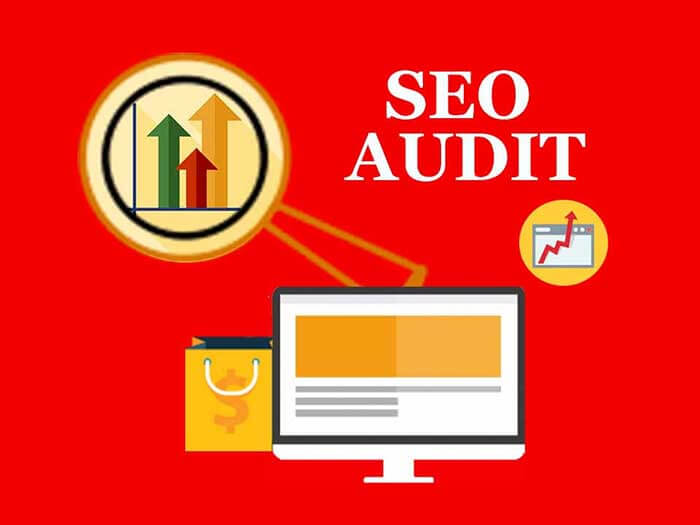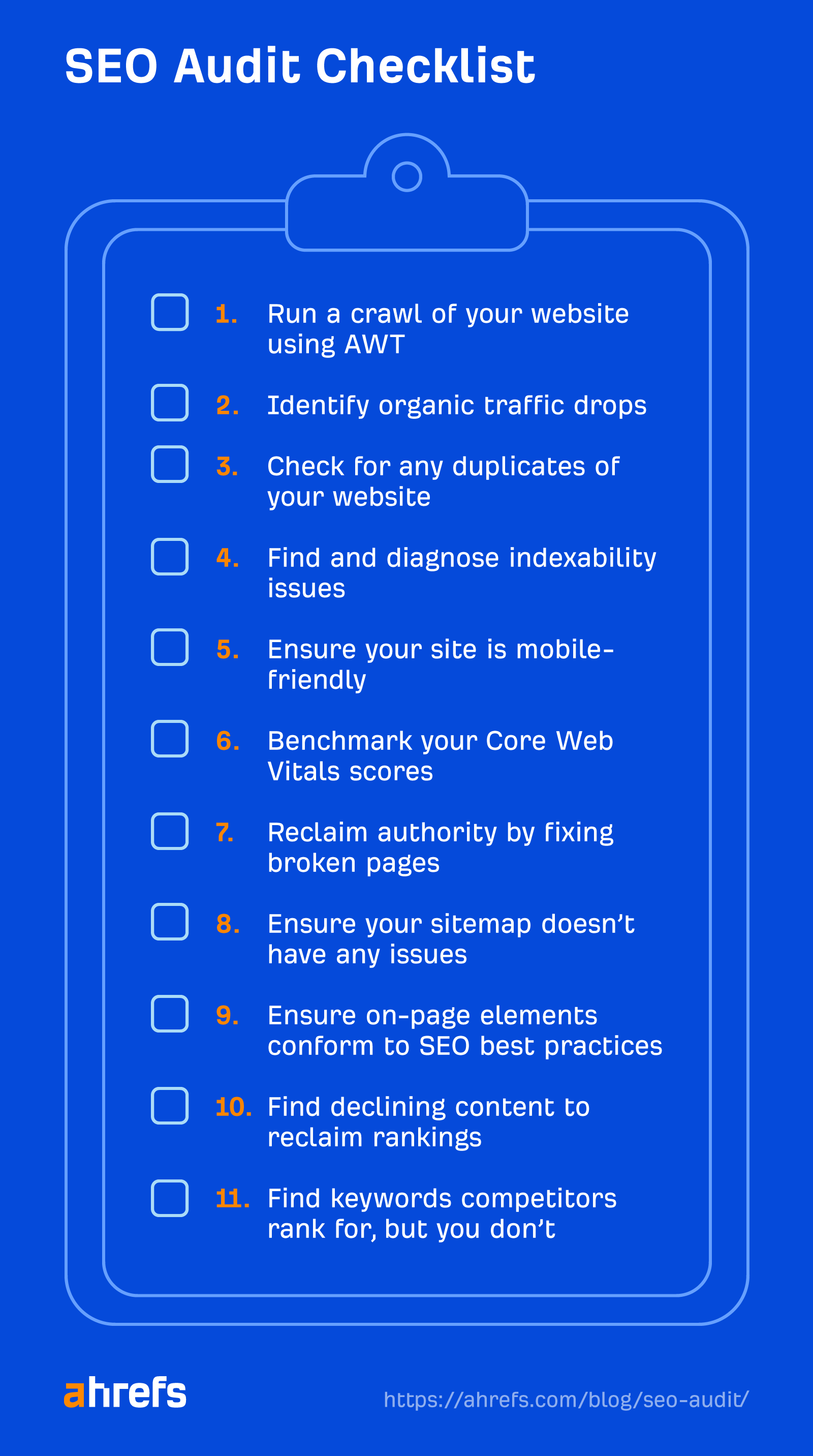Building Digital Bridges: Progressing Approaches with Linkdaddy Link Building
Wiki Article
SEARCH ENGINE OPTIMIZATION Vs. SEM: Understanding the Secret Distinctions
On the planet of electronic marketing, 2 crucial strategies that often show up are search engine optimization and SEM. While they might seem similar, they really offer various objectives and have distinct techniques. SEARCH ENGINE OPTIMIZATION, which represents Search Engine Optimization, focuses on enhancing an internet site's visibility and organic position on online search engine results pages. On the other hand, SEM, or Internet Search Engine Advertising and marketing, entails paid advertising to raise a site's exposure on internet search engine. Understanding the essential differences in between search engine optimization and SEM is important for services seeking to enhance their online existence and drive website traffic to their websites. In this post, we will certainly look into the meanings, goals, and crucial elements of both search engine optimization and SEM, shedding light on their distinct attributes and advantages.
Meaning of Search Engine Optimization
SEARCH ENGINE OPTIMIZATION, or Browse Engine Optimization, describes the practice of enhancing websites to enhance their presence and rankings on online search engine results pages (SERPs) It entails different techniques and methods focused on raising organic, or non-paid, website traffic to a web site. The utmost goal of search engine optimization is to enhance a website's online visibility and bring in even more targeted visitors.One of the key aspects of search engine optimization is keyword optimization (https://www.digitaljournal.com/pr/news/ampwire/linkdaddy-announces-agency-backlink-local-business-directory-listings-service). This entails carrying out thorough research study to determine pertinent key phrases that customers are most likely to look for when looking for information or items connected to a certain internet site. By integrating these key phrases tactically into the website's content, meta tags, and Links, search engine optimization aims to improve the website's importance and ranking for those particular search terms
Another vital consider SEO is on-page optimization. This entails maximizing different elements on a website, such as title tags, headings, photos, and interior web links, to make them even more search engine-friendly (seo audit). By making sure that these elements are effectively structured and relevant to the website's material, SEO assists search engines recognize the context and significance of the site
In addition, SEO additionally includes off-page optimization techniques, such as link structure. This includes getting premium back links from other reliable internet sites, which indicates to internet search engine that the website is authoritative and credible. By developing a solid network of backlinks, search engine optimization enhances a site's reliability and improves its chances of placing greater in search results page.
Definition of SEM
SEM, or Search Engine Advertising And Marketing, is a marketing technique that entails promoting internet sites and enhancing their presence via paid advertising on internet search engine results pages (SERPs) Unlike search engine optimization, which concentrates on optimizing sites to enhance natural search positions, SEM utilizes paid advertising to drive web traffic to an internet site.One of the key components of SEM is pay-per-click (PPC) advertising. When a user searches for those key phrases, the advertisements show up at the leading or side of the search results.

Show advertisements are banners or aesthetic advertisements that appear on internet sites within the Google Display Network. Remarketing advertisements target individuals who have previously gone to a site, offering them advertisements as they surf other websites.
Goals of Search Engine Optimization and SEM
The goals of both search engine optimization (SEARCH ENGINE OPTIMIZATION) and internet search engine advertising and marketing (SEM) focus on enhancing a web site's visibility and driving targeted web traffic. The strategies and methods utilized by each vary considerably.The major goal of SEO is to boost a web site's natural search ranking on internet search engine results pages (SERPs) This is attained by enhancing numerous components on the site, such as material, meta tags, and site structure, to make it extra attractive and pertinent to internet search engine. By doing so, search engine optimization intends to bring in even more organic web traffic from individuals proactively looking for related key phrases or topics.
On the other hand, SEM concentrates on increasing an internet site's exposure via paid marketing on internet search engine. The primary goal of SEM is to drive targeted traffic to a site by bidding process on keywords and displaying ads in internet search engine results. This technique permits businesses to reach a larger target market quickly and efficiently.

Trick Elements of SEO
To successfully implement search engine optimization, it is crucial to comprehend the vital components that contribute to boosting a website's organic search ranking. These parts can be generally categorized into off-page elements and on-page aspects.On-page aspects describe the elements that are directly existing on a web site and can be maximized for far better search engine exposure. This consists of the website's content, search phrase use, meta tags, link structure, page titles, and headings. By enhancing these aspects, internet search engine can much better recognize the importance and context of the internet site's content, resulting in greater positions.
Off-page factors, on the other hand, concentrate on external signals that influence an internet site's authority and credibility. This includes back links from various other reputable websites, social media signals, and on-line mentions (https://markets.financialcontent.com/dowtheoryletters/news/article/marketersmedia-2023-12-3-linkdaddy-announces-agency-backlink-local-business-directory-listings-service). The more top quality and pertinent back links a website has, the much better its opportunities of ranking higher in search engine results pages
In addition, user experience is a crucial element of search engine optimization. seo. Online search engine focus on internet sites that offer a positive individual experience, including fast packing times, mobile-friendliness, and simple navigation
Secret Parts of SEM
Unlike search engine optimization, SEM includes a distinctive collection of vital parts that concentrate on paid advertising and driving prompt visibility in search engine results. These components include search engine advertising, also referred to as pay-per-click (PPC) advertising, keyword research, ad creation, and campaign administration.Online search engine marketing is an important element of SEM. It includes bidding on key words relevant to your business and developing message or display screen ads that will certainly appear in online search engine results when those keyword phrases are looked. With search engine advertising, you can target certain demographics, locations, and also time of day to reach your desired target market.
Keyword research is another vital element of SEM. It involves determining the key words that your target market is using to look for services or products comparable to yours. By carrying out extensive keyword study, you can enhance your advertisements and ensure they are shown to the appropriate people at the appropriate time.
Ad production is the process of creating compelling and influential advertisements that will tempt users to click on them. Well-crafted advertisements have a strong call-to-action, appropriate messaging, and a clear value recommendation.
Lastly, project administration involves tracking and optimizing your SEM campaigns to guarantee they are performing effectively. This includes tracking metrics such as click-through prices, conversion prices, and roi (ROI) to make data-driven choices and attain the most effective results.
Conclusion
To conclude, SEO and SEM are 2 unique strategies in electronic advertising. SEO concentrates on enhancing web sites to improve natural search rankings, while SEM includes paid advertising and marketing to enhance presence on online search engine results web pages. Both techniques have their very own purposes and essential parts that add to their efficiency. Understanding the differences in between SEO and SEM is vital for businesses to establish a thorough internet marketing strategy.SEO, which stands for Browse Engine Optimization, concentrates on boosting an internet site's presence and natural position on search engine results pages. On the other hand, SEM, or Search Engine Advertising, includes paid advertising and marketing to raise a site's exposure on search engines (google seo).SEARCH ENGINE OPTIMIZATION, or Browse Engine Optimization, refers to the method of maximizing internet sites to boost their presence and positions on search engine results web pages (SERPs)The primary objective of Search engine optimization is to enhance a Clicking Here web site's natural search position on search engine results web pages (SERPs) SEO focuses on optimizing sites to improve organic search positions, while SEM entails paid advertising and marketing to raise presence on search engine results web pages
Report this wiki page